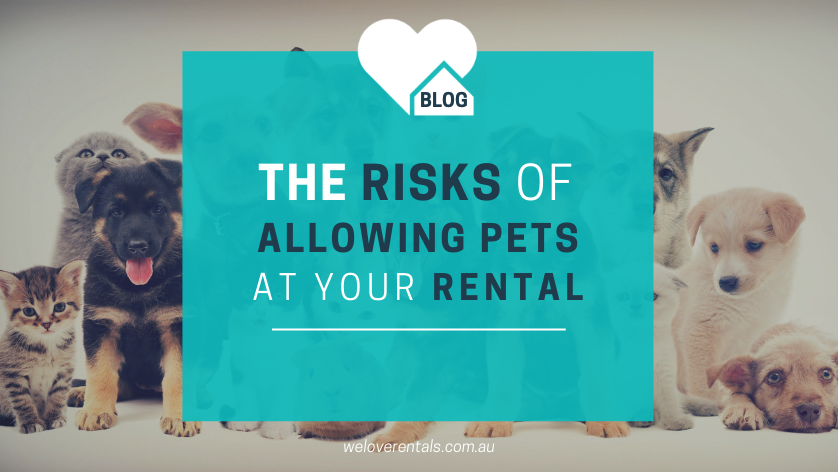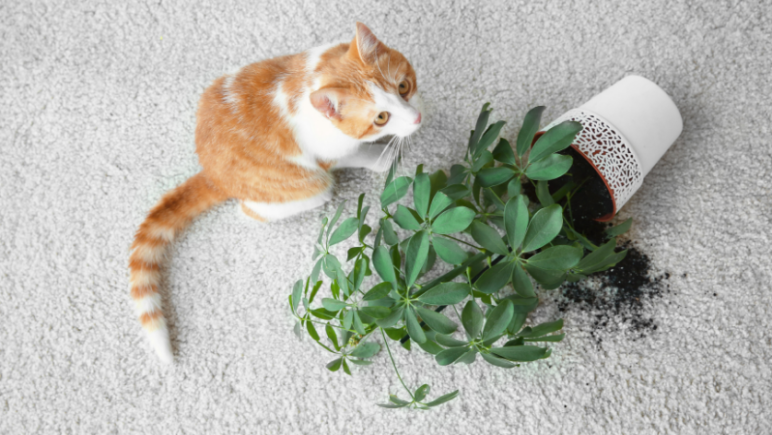
The Risks of Allowing Pets And How-To Protect Your Rental
Thinking of allowing pets at your rental?
But what about the risks of allowing pets? Pets can be messy and disruptive. And if you don’t have the proper precautions in place, they can cause emotional and financial stress for unprepared landlords.
Before you give the go ahead, here are two risks for you to consider, plus our screening process for all pet applications…
The risks of allowing pets and how to protect your rental…
-
Your rental can get damaged.
This is the biggest concern of most landlords. Unchecked pets can scratch floors, chew skirting boards, stain carpets and bring in fleas. In fact, even the best behaved pets can accidentally cause property damage.

To protect your rental always make sure you have the correct landlord insurance cover, plus a pet bond and pet policy. This way, you won’t get lumped with expensive repair costs.
We recommend Property Insurance Plus for comprehensive landlord insurance, because they cover up to $70,000 worth of property damage!
-
You might upset your neighbours.
Friendly neighbours are very useful to landlords. They can keep an eye on your investment (from afar), help you find a great tenant for your property, and even help you find a buyer (if and when the time comes).
If your tenants have noisy or unruly pets, it could sour the relationship between you and your neighbour/s. Nobody wants to live next door to a dog that barks or whines through the night, or digs under their fence.
-
How do We Love Rentals screen a pet application?
To make sure your property is legally (and financially) protected, your property manager will find out the following:
- Has the pet lived at the current rental property and been included on the lease?
- What state was the current rental property presented and cared for in the areas the pet lived (as per the PCR photos and inspection reports)?
- Was there any noise or behaviour complaints from neighbours?
We will also always ask for a current photo or video of the pet, to show it matches the breed described in the application form.

